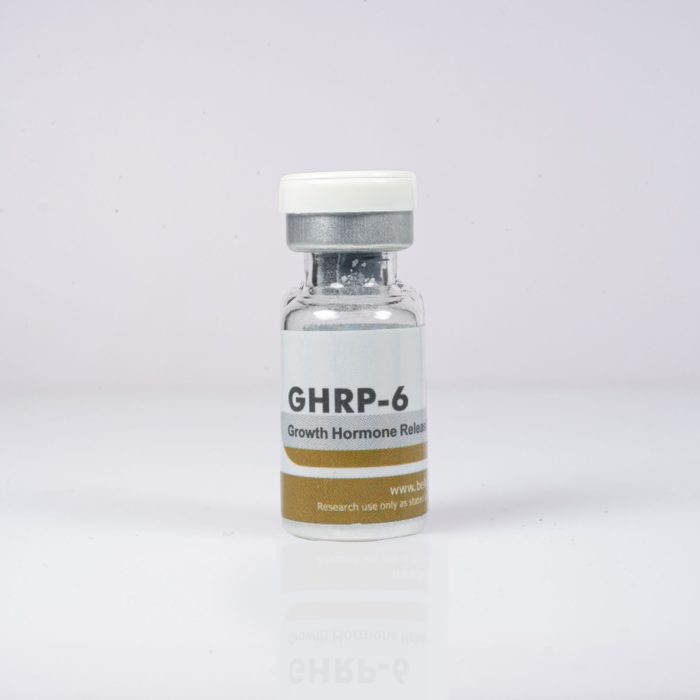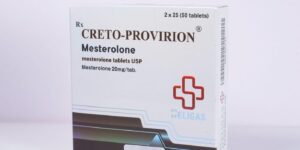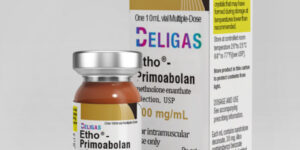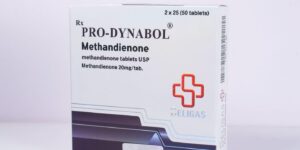Description
GHRP-6, which stands for Growth Hormone Releasing Peptide 6, is a synthetic peptide that belongs to the growth hormone secretagogue family. It stimulates the body’s natural production of growth hormone (GH) and insulin-like growth factor 1 (IGF-1) by binding to specific receptors in the pituitary gland.
Here’s a breakdown of some key aspects of GHRP-6:
- Purpose: GHRP-6 is primarily used to increase growth hormone levels in the body. It is often utilized in medical research and clinical settings for its potential therapeutic benefits.
- Dosage: The typical dosage of GHRP-6 for research purposes is around 1-2 micrograms per kilogram of body weight, administered subcutaneously. However, dosages can vary based on individual factors and research goals.
- Mechanism of Action: GHRP-6 works by mimicking the action of ghrelin, a natural peptide found in the stomach. By binding to ghrelin receptors in the pituitary gland, GHRP-6 stimulates the release of growth hormone.
- Benefits: Increased levels of growth hormone can lead to various potential benefits, including muscle growth, fat loss, improved recovery, enhanced strength and endurance, and better sleep quality. However, it’s important to note that the actual effects can vary among individuals and may depend on factors such as dosage, duration of use, and overall health.
- Side Effects: Like any medication or peptide, GHRP-6 may cause side effects, including increased appetite, water retention, numbness or tingling at the injection site, and potentially elevated levels of cortisol or prolactin. It’s essential to use GHRP-6 responsibly and under the guidance of a qualified healthcare professional.
- Legality: The legality of GHRP-6 varies depending on the country and its regulations regarding peptides and research chemicals. In many places, it is strictly regulated and may only be used for research purposes.
- Research: GHRP-6 has been studied extensively in both animal and human trials for its potential therapeutic applications, including in the treatment of growth hormone deficiency, muscle wasting conditions, and metabolic disorders. However, more research is needed to fully understand its long-term effects and safety profile.
As with any peptide or medication, it’s crucial to use GHRP-6 responsibly and to adhere to relevant regulations and guidelines. It should only be used under the supervision of a qualified healthcare professional for legitimate research purposes








